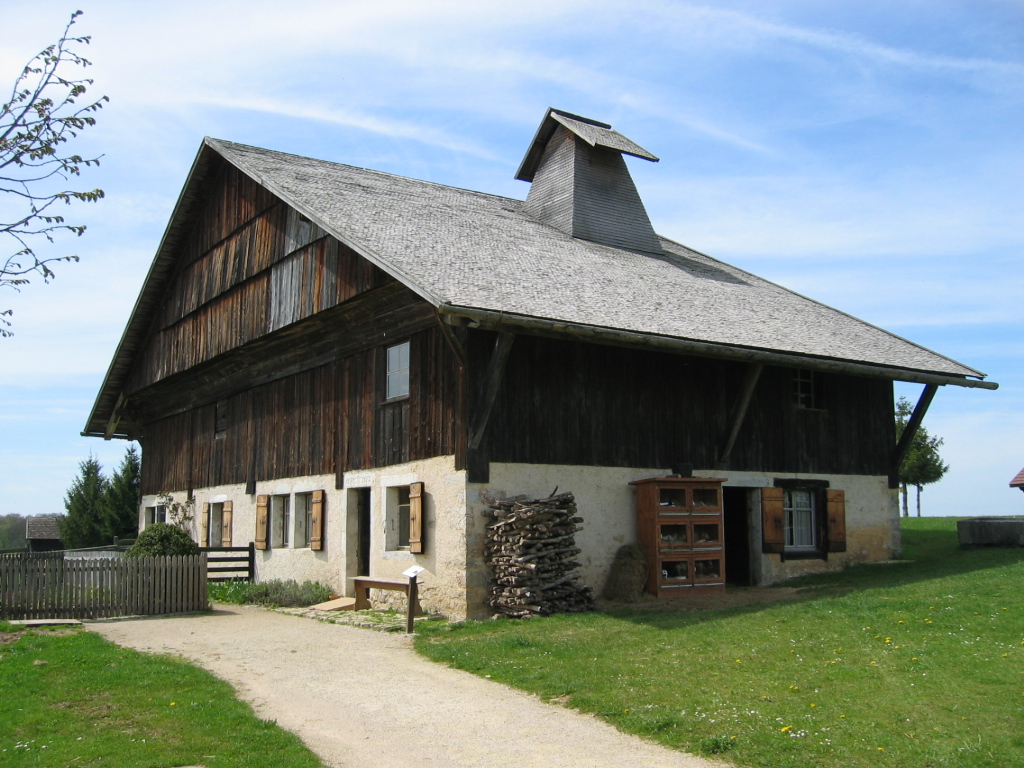For every stage of the 2024 Tour de France – men’s and women’s – José Been is bringing you stories about the history, castles, geology, culture, food, and people around the race. A bit of couleur locale while you enjoy lush fields of sunflowers, beautiful mountains, and pretty little villages, oh, and the bike race too.
We race through the Jura mountains on stage 6. It’s one of the five mountain chains in mainland France: the Pyrenees, the Alps, the Massif Central, and the Vosges are the others. The Jura gives its name to one of the most famous geological periods in history: the Jurassic. We are talking 201.3 to 145 million years ago. That fame comes from the Jurassic Park movies of course and it was indeed the time dinosaurs roamed this part of the world, although most of the world was covered in ocean. The creatures that died in these oceans became a solid limestone layer. That layer reads like a time map.
Geologists found fossils in the Jura limestones in a particular order: the lower rock layers had other fossils than the top layers. They found the same fossils in the same order in limestones in southern England. They realized that this must mean they come from the same time period.
As noted, the Jurassic started 201.3 million years ago and that is oddly specific for such a long time ago. This is because geologists can identify the start of this period quite accurately due to a so-called mass-extinction event. Fauna and flora died off due to large scale volcanism that erupted 1 million cubic kilometres of lava. High CO2 increases and global warming of 3-4ºC/7-9°F was the consequence.
This large event is globally well recognized in the rock record by changes in the type of fossils found, but also in the geochemical signature of the rocks. Combined, these are good markers for the end of the Triassic and the start of the Jurassic.
The end of the Jurassic has not been defined yet. Geologists traditionally define the base of a stratigraphic boundary based on large biological turnover events. In the last few decades, this has been complemented by geochemical signatures, radio isotopic dates, magnetostratigraphy, and astrochronology. That’s a lot of difficult words in a row.
There is a lot of scientific debate and there are options but the so-called golden spike, the exact moment the Jurassic turned into the Cretaceous, is still to be determined.
In other news, our finish town today is renowned for its smoked sausage. The town of Morteau is right in the centre of the region known for the traditional architectural feature called a tuyé: a high chimney (up to 14 meters high) that many older farms still have. A tuyé is shaped like a wooden pyramid, cuts through the whole house, and rests on a 4-by-4-meter stone base. Ropes are used to adjust the shutters at the top so that the chimney draws perfectly and the pork sausage is smoked optimally for 48 hours.
The sausage dates at least as far back as the 16th century. At the time, smoking was the best way to conserve meat. Little by little, Morteau sausage built a reputation for itself outside the Franche-Comté region. It now tops the bill of local fine produce, alongside Comté and other cheeses. It could easily have disappeared, however, if the industry had not had the foresight to group together to safeguard its quality, authentic taste, and geographic origin. It is restricted to Jura, Doubs, Haute-Saône, and Territoire de Belfort, exactly where we race on stage 6. That said, I seriously doubt we will find this delicacy in the musettes.
Morteau is also home to the Vélo Club de Morteau. The VC Morteau is one of the top N1 women’s teams on the national circuit. It has been on the podium of the French Team Cup several times in recent years. Eight of the riders have gone professional since 2015, including the likes of Juliette Labous, Évita Muzic, and Jade Wiel.
Did we do a good job with this story?

